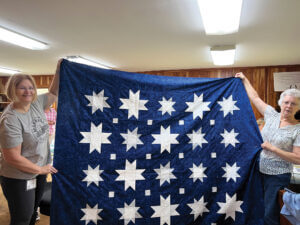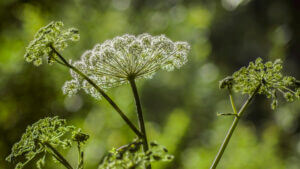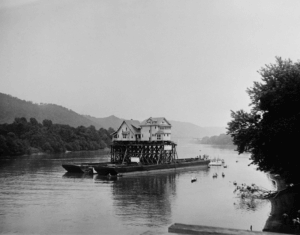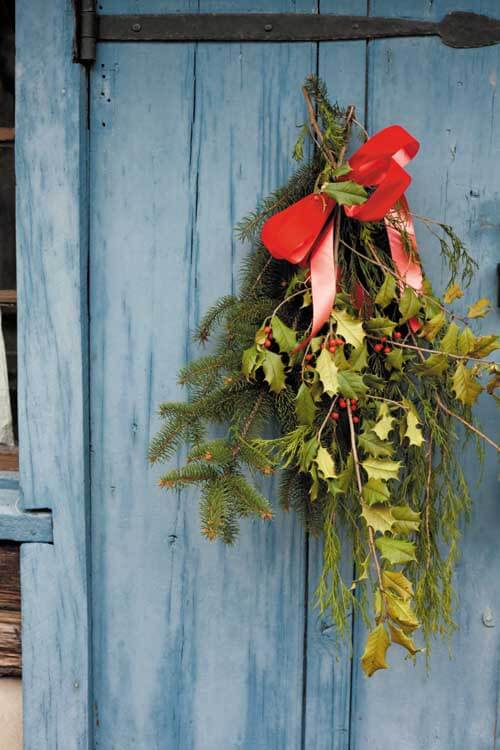
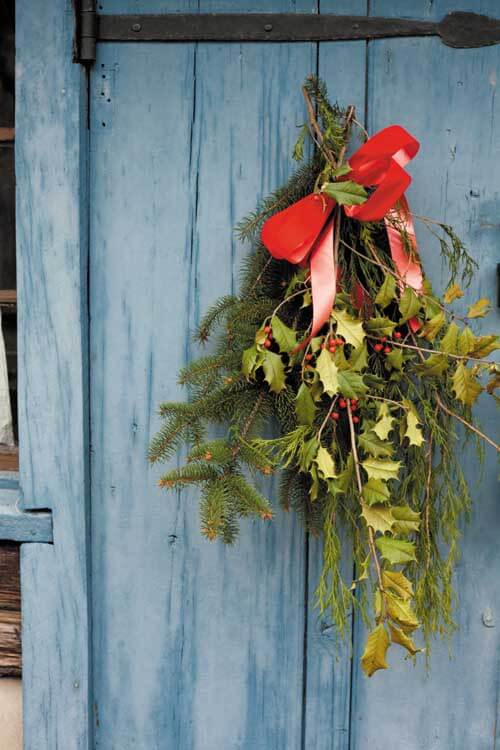
Fort New Salem in Harrison County teaches visitors about a way of life long forgotten.
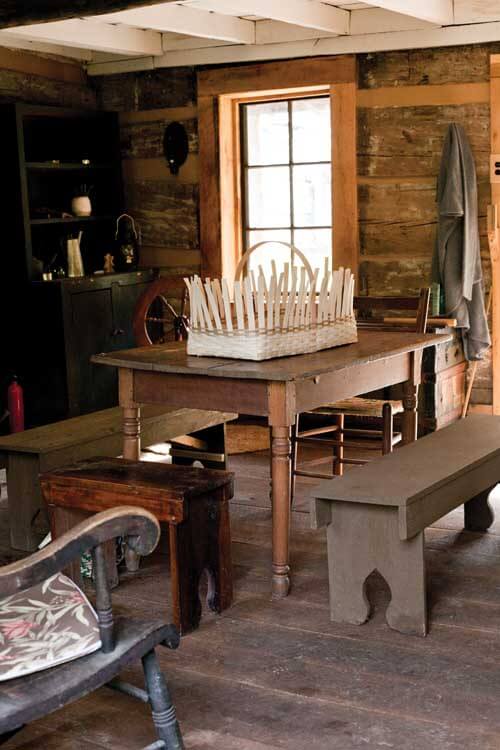
It was in early September 1789, before the first hard frost, when a group of Seventh Day Baptists—men, women, and children—left New Jersey to start a new life. They would eventually settle in western Virginia in a shallow little valley now part of present-day Harrison County. They called their town New Salem and by 1794 it was incorporated. These first families brought little with them on that journey, but by far their greatest asset was knowledge. How to till the earth and raise food, how to spin soft wool and weave fabric, how to forge tools, how to make healing salves—traditions and trades that kept families alive and communities together, passed down through generations of pioneers. Joseph Audia, director of Fort New Salem, present-day Salem’s outdoor living history museum, considers these frontier men and women the embodiment of true mountaineers. “These were the common people. Not like you’d find in Boston or Philadelphia in the 19th century. They were self-sufficient. They represented that Appalachian spirit and heritage.”
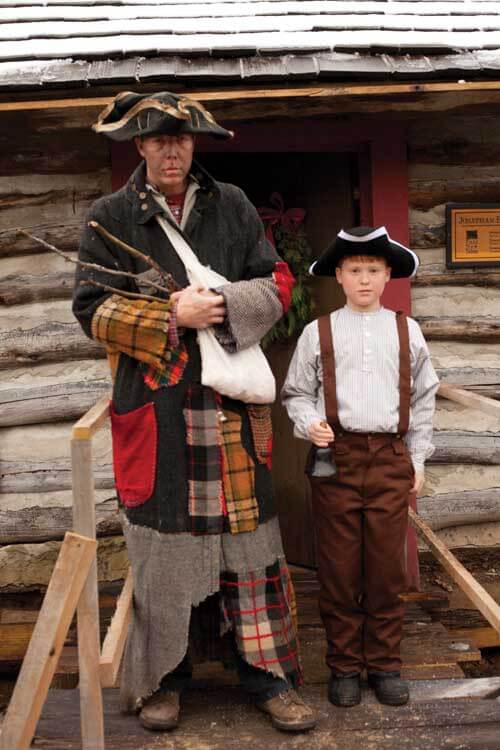
More than 200 years later, at Fort New Salem, those pioneer skills are still being passed down in a collection of 18 rustic cabins trimmed in cheerful colors, tucked into a copse of hardwoods off of U.S. Route 50. Each structure represents an important 1800s community center—from the replica frontier fort called The Blockhouse, where settlers would flee for safety if Native Americans attacked, to The Meeting House, where the congregation met for religious services, kids gathered to study, and elders discussed rules and regulations. Although the fort is closed on a daily basis, it opens for special events nearly every month from April to December—things like the annual Spirit of Christmas in the Mountains, when visitors brave the brisk weather for Christmas tree lighting, caroling, traditional hot mulled cider, and gingerbread treats around a roaring fire. At other times craftspeople, school groups, and history buffs come for arts and crafts demonstrations, to attend workshops on skills like blacksmithing, and to take part in traditional storytelling. “We want to preserve the heritage of the area in a way that is fun and exciting,” Audia says. “People always leave with smiles on their faces.”
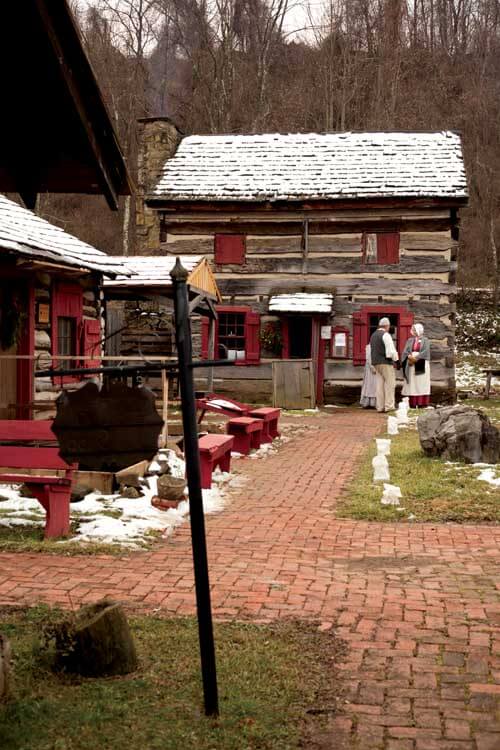
The site itself is not historic, but many of the fort’s structures or building materials are. Most were located in surrounding counties, carefully dismantled, and reassembled on-site. Take the three-story Green Tree Tavern once located in nearby Clarksburg. In addition to being The Hewes Tavern Stand from 1820 to 1830, this hand-hewn log cabin may have also been a sight for mail distribution, a stop for wagon trains, or even part of the underground slave market. “Most of what we try to represent takes place between 1790 and 1900,” Audia says. “We aren’t focused on Civil War history or military history. We’re trying to keep the spirit and heritage of the region alive.” Other structures house re-created or period antiques and artifacts. The Print Shop, meant to represent an early 19th century hub for community news, is home to a re-created Franklin Press from the 18th century, complete with the same movable type that produced The Salem Herald for more than 70 years.
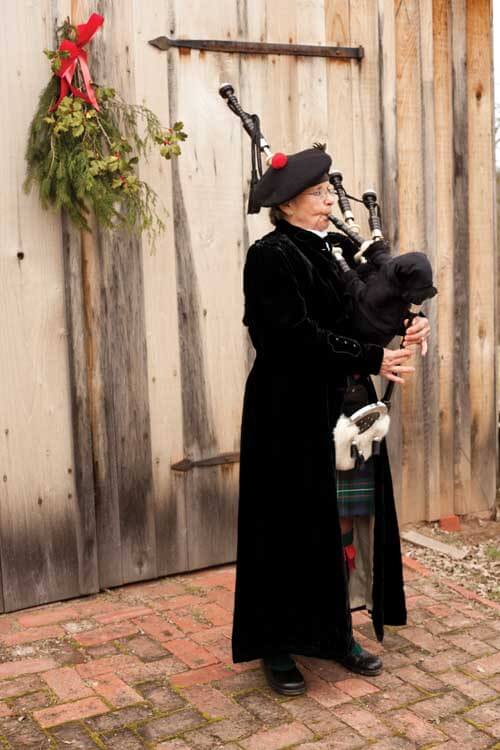
Glenn Davis, former Fort New Salem board member and historical interpreter with the volunteer organization Friends of the Fort, has been helping re-create 19th century life at the museum for years. Davis is a native of the Salem area, so for him the fort represents both a piece of his heritage and a fulfilling pastime. “As an interpreter I portray my greatgreat-great-great grandfather, Nathan Davis, who was one of the founders of New Salem,” he says. “My family has been here since the 1790s, so I got a lot of information just from the family stories that have been passed down. I’ve also researched the Seventh Day Baptists, the people who actually migrated here and established the community, and they kept good records. But it’s always been an interest of mine. I’m sort of a time traveling history nut.” Although Davis and his wife have moved around the country all their lives following Davis’s military career, they returned to Salem permanently around the same time the fort was reopening under the direction of the foundation. He says getting involved was a natural extension of his passion for history and community. “This place provides an opportunity to show people what life was really like in early western Virginia, which was really the frontier at that time, and it shows how they lived and what they had to do to survive.”
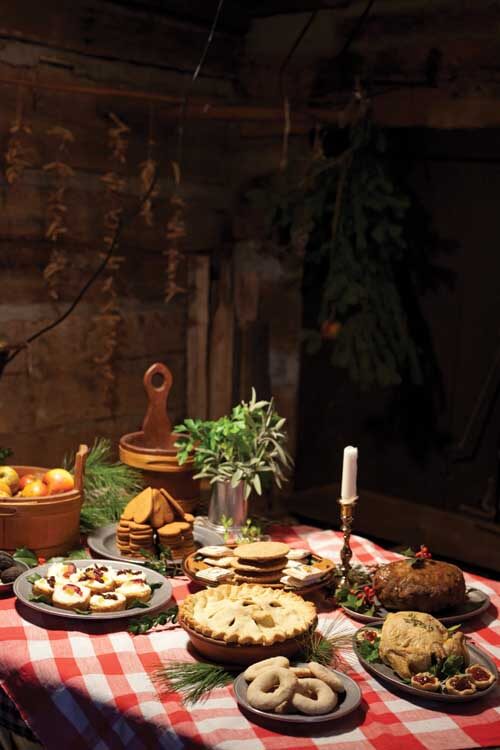
Each structure, whether historic or re-created, is an integral part of the museum’s educational purpose and all offer glimpses into important industries and trades. Started in the 1970s by former Salem College professor John Randolph, the fort began as part of a heritage arts degree program. In decades past, college students would live and learn at the fort, practicing the same traditional crafts and trades the pioneers once used to carve their civilization out of the wilderness. “Randolph taught history and he lamented that with the development of the highways and with the roads changing, people might lose contact with the past, with traditions like blacksmithing and weaving that people in this region had kept alive for generations,” Audia says. “So he came up with this concept of Fort New Salem.”
“We aren’t focused on Civil War history or military history. We’re trying to keep the spirit and heritage of the region alive.”
Joseph Audia, director of Fort New Salem
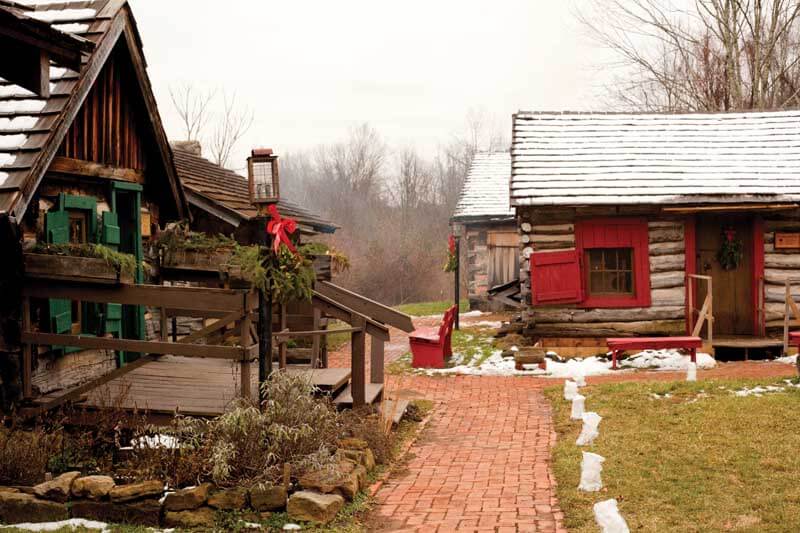
Audia’s own connection to the fort started with his daughters. Both attended summer camps at the fort, learning to make remedies for poison ivy rash and how to play old-fashioned games. When word went around that Salem College—now Salem International University—would be selling the site to developers and that the fort itself may be torn down, he took action and joined a local task force, the Fort New Salem Foundation, whose members vowed to save it. The group eventually took over the site and, thanks to volunteers and donations from generous local businesses, it’s still going strong. Renovations are being made to cabins, educational programming is evolving and growing, and events and workshops are regularly attracting more people than the parking lot can handle.
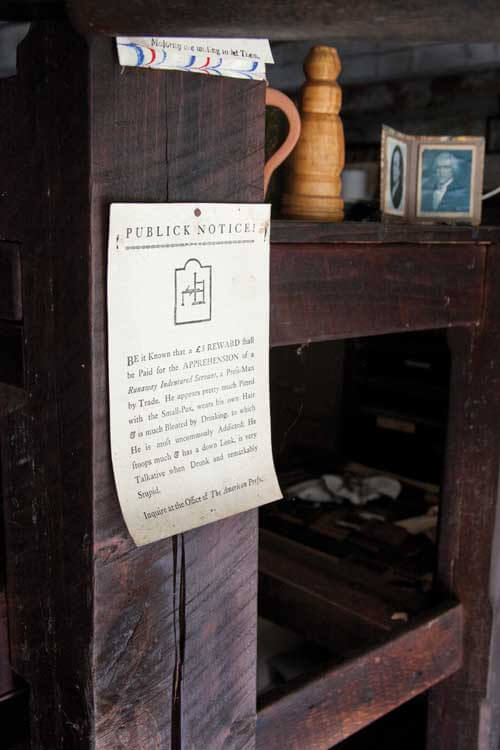
For Audia, at the helm of such an important part of the community, there’s always a laundry list of things to do—the tavern needs a new foundation, the museum could really use a dedicated visitor’s center, and parking is tight—but he doesn’t often get discouraged. He remembers the beginning of the battle when the foundation was first fighting for ownership of Fort New Salem. It would have been easy to walk away before it started, and he remembers when he told his daughter he was ready to give up. “She looked me in the eyes and said, ‘Dad, you can’t. This is too important,'” he says. “She was right. This has been the single most refreshing project of my life.”
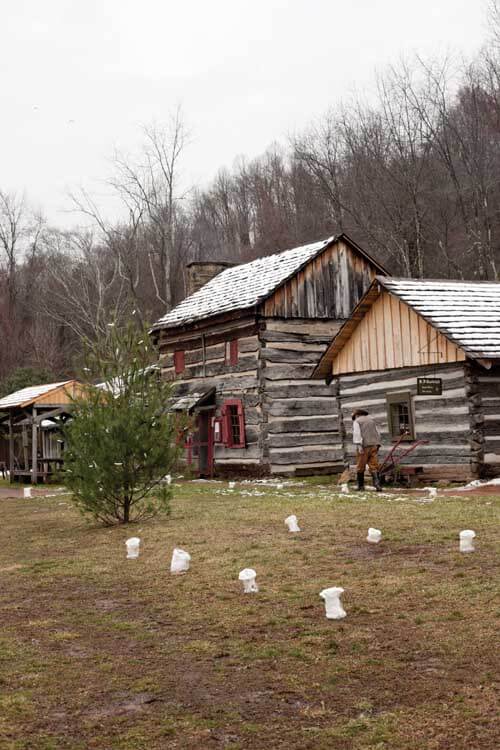
In 2015 the fort will open its colorful doors once again to wide-eyed children and adults looking for a little nostalgia. They’ll follow the old brick paths from cabin to cabin and step back in time, watching men and women living off the land, hand-dipping candles, grinding grains for bread, and harvesting mint and jewel weed from the fields. The hope is that they’ll walk away with a better understanding and appreciation for the skills and trades that built this state, its towns, and its communities. For Davis that’s the most important part. “Educating people, especially the young people, that’s one of the most important missions of this place. Kids don’t learn that history anymore. And for young people growing up in West Virginia, it’s important to know how this state came to be and what it was like for people to come all the way here, establish communities, and create their own state,” he says. “It provides an out-of-the-classroom experience you can’t find anywhere else.”
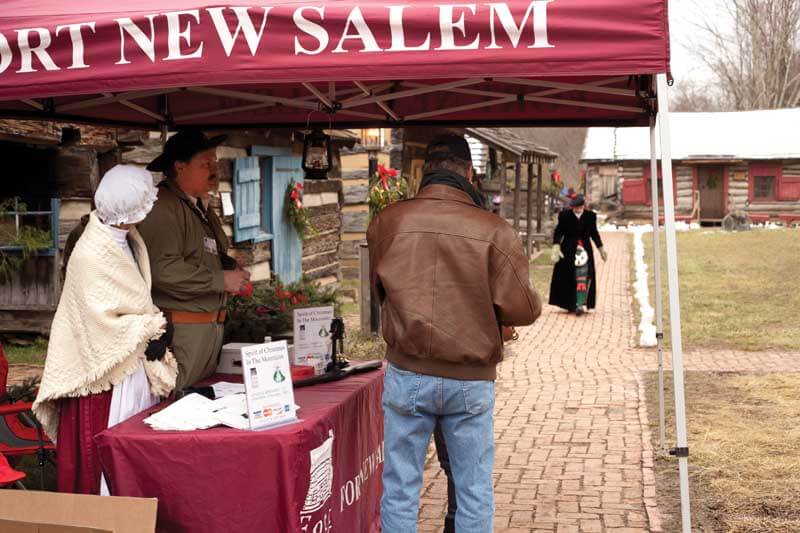
This story was originally published in the January 2015 issue of Wonderful West Virginia.
written by Mikenna Pierotti
photographed by Carla Witt Ford



